When shopping for a gaming PC, you have a range of options, from mass-produced prebuilt systems like those from Alienware to high-end boutique builds from the likes of Maingear or Falcon Northwest. The Origin Millennium strikes a balance between these extremes. It's a top-tier gaming system, yet it maintains a more conventional design compared to the flamboyant styles of some boutique builders.
The Origin Millennium is a custom-ordered gaming rig that uses standard components, making it something you could build yourself, but without the hassle of cable management and assembly. However, if you opt for this system, be prepared to possibly handle a large wooden crate, as I did when I had to lug it up to my apartment.
Purchasing Guide
The Origin Millennium starts at $2,788, which gets you a minimal setup with an Intel Core i5-14600K and no discrete graphics card. This configuration is not worth the price, but you can customize it on Origin's website with any available components. Just remember, the more powerful the system, the higher the cost will be.
Origin Millennium – Photos

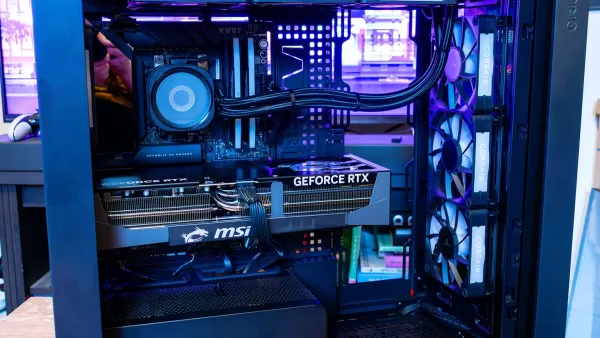 View 8 Images
View 8 Images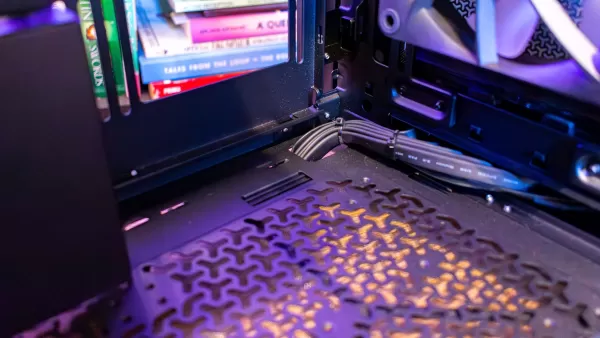
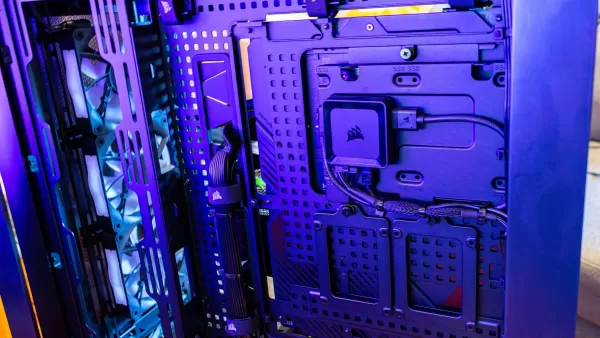
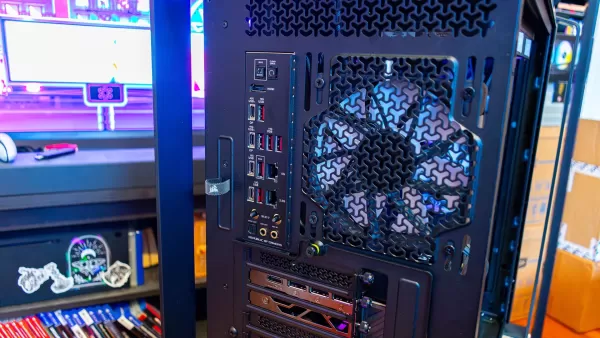
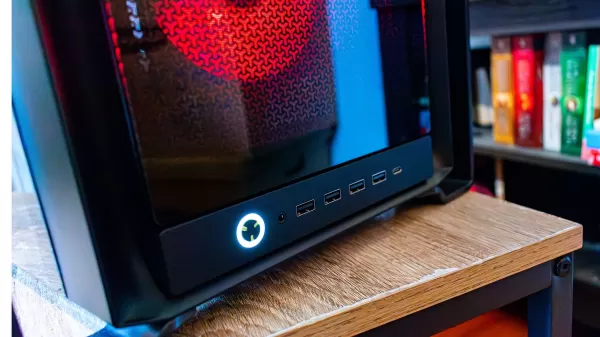
Design and Features
The Origin Millennium is a large, full-tower ATX case, made even more imposing with steel bars on all four corners. The case alone weighs 33 pounds, and that's before adding heavy components like the MSI RTX 5090 Gaming Trio, a power supply, and a 360mm AIO. The wooden crate used for shipping adds significant weight, making it a challenge to move, especially to upper floors.
The steel bars can complicate access to the system. While the configuration I reviewed should last for years without upgrades, you'll still need to open it for maintenance. The metal bar at the back left corner can obstruct the glass side panel, making removal tricky. Though the bars are removable with allen bolts, it's an extra step that shouldn't be necessary.
Inside, the system is remarkably spacious, even with a 14-inch graphics card, ensuring excellent airflow. Origin's cable management is top-notch, with cables neatly routed behind the motherboard tray. However, an unusual choice was made to route fan and front panel cables underneath the case, which could potentially lead to damage if they catch on something.
You can customize the front ports and power button to be mounted on the top or bottom of the case. The configuration I received had them on the bottom, ideal for desk placement, but the top option is better for floor or living room setups. The front panel includes four USB-A and one USB-C port, with even more ports at the back. The Asus ROG Crosshair X870E Hero motherboard offers four USB-C, six USB-A, two Ethernet, and an HDMI port for onboard graphics. The RTX 5090 adds three DisplayPort and one HDMI, standard for Blackwell GPUs.
All in the Configuration
The high-end configuration I reviewed, priced at $7,241, is likely overkill for most users. However, Origin PC allows you to customize the system to your needs. A more balanced setup might include an AMD Ryzen 5 9600X, 32GB of RAM, and an AMD Radeon RX 9070 XT, priced at $3,392, still capable of 4K gaming.
Building this mid-range version yourself would cost around $2,397, meaning you're paying roughly $1,000 for Origin's assembly. For the high-end configuration, off-the-shelf parts would set you back about $6,506 on PCPartPicker. This premium includes a one-year warranty and lifetime support, where Origin can even upgrade your system for free if you cover the cost of new parts.
The unique wooden crate, though heavy and cumbersome, offers unparalleled protection during shipping. Whether the extra cost is worth it depends on your comfort with building and maintaining a PC and the value you place on Origin's assembly and support services.
Performance
The Origin Millennium I tested, featuring an Nvidia GeForce RTX 5090, an AMD Ryzen 7 9800X3D, and 64GB of RAM, is exceptionally powerful. At 4K, most games easily surpassed 100 fps without frame generation. Only two games fell short: Assassins Creed Shadows at 75 fps and Metro Exodus at 97 fps, the latter due to its ray-traced workload without upscaling support.
For Assassins Creed Shadows, 75 fps is playable, but enabling frame generation boosts the frame rate to 132 fps, though it increases latency from 33ms to 42ms. In Cyberpunk 2077, with the Ray Tracing Ultra preset and DLSS in performance mode, the system achieved 127 fps with 23ms latency. With Multi-Frame Generation at 4x, the frame rate soared to 373 fps, with latency rising to 28ms, exceeding the capabilities of my 240Hz monitor.
Even without frame generation, the Origin Millennium delivers high frame rates in demanding games, ensuring you won't need to compromise on image quality.

 Latest Downloads
Latest Downloads
 Downlaod
Downlaod




 Top News
Top News









